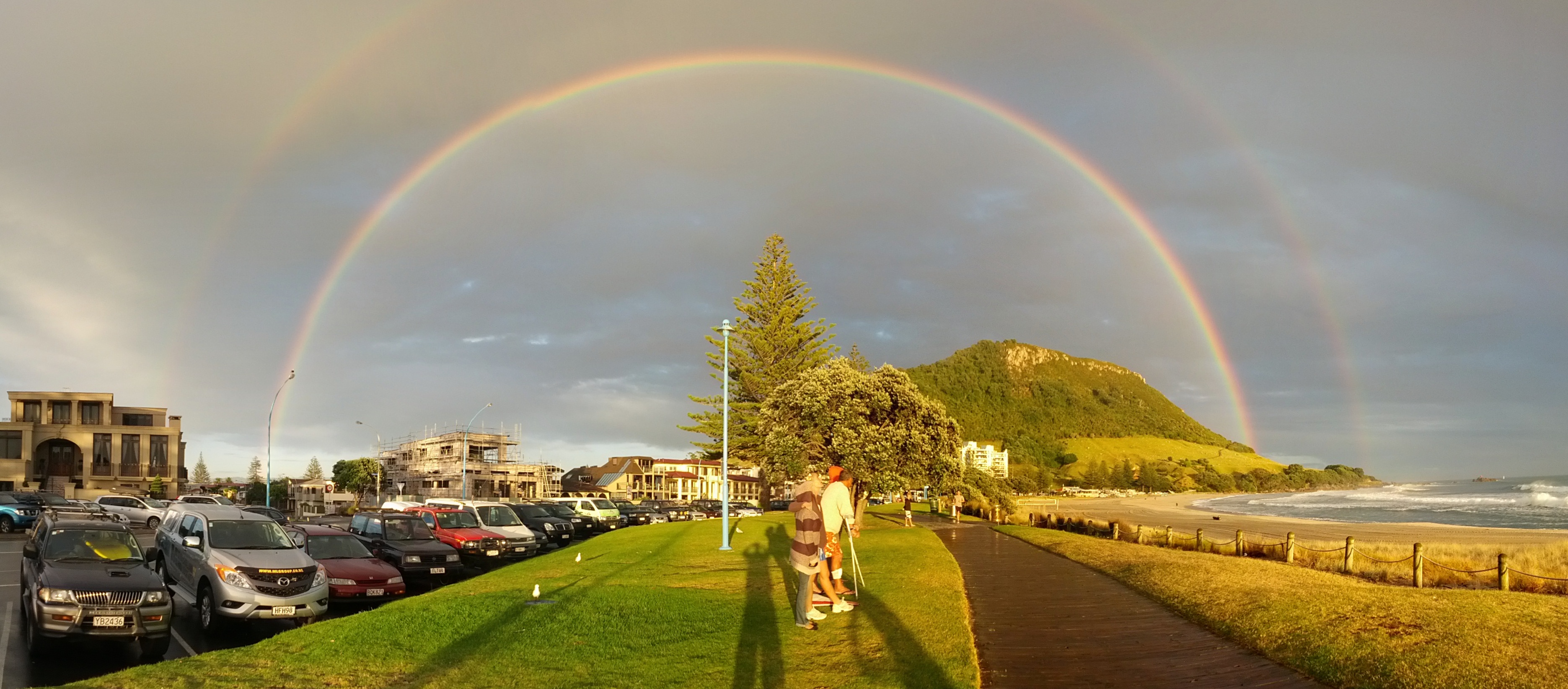10 Strange Coincidences in History That Will Blow Your Mind
Coincidences have fascinated humanity for centuries, often leaving us questioning the nature of reality itself. These intriguing occurrences defy logical explanation, weaving together seemingly unrelated events into a tapestry of wonder and mystery. In this article, we delve into eleven astonishing historical coincidences that challenge our understanding of time, fate, and the interconnectedness of events. From uncanny parallels between historical figures to inexplicable alignments of dates and events, these coincidences invite us to ponder the possibility of a hidden order in the chaos of history. As we journey through these stories, we are reminded of the delicate threads that connect us across time and space, prompting us to reconsider the boundaries of probability and the nature of destiny.
1. The Lincoln–Kennedy Parallels
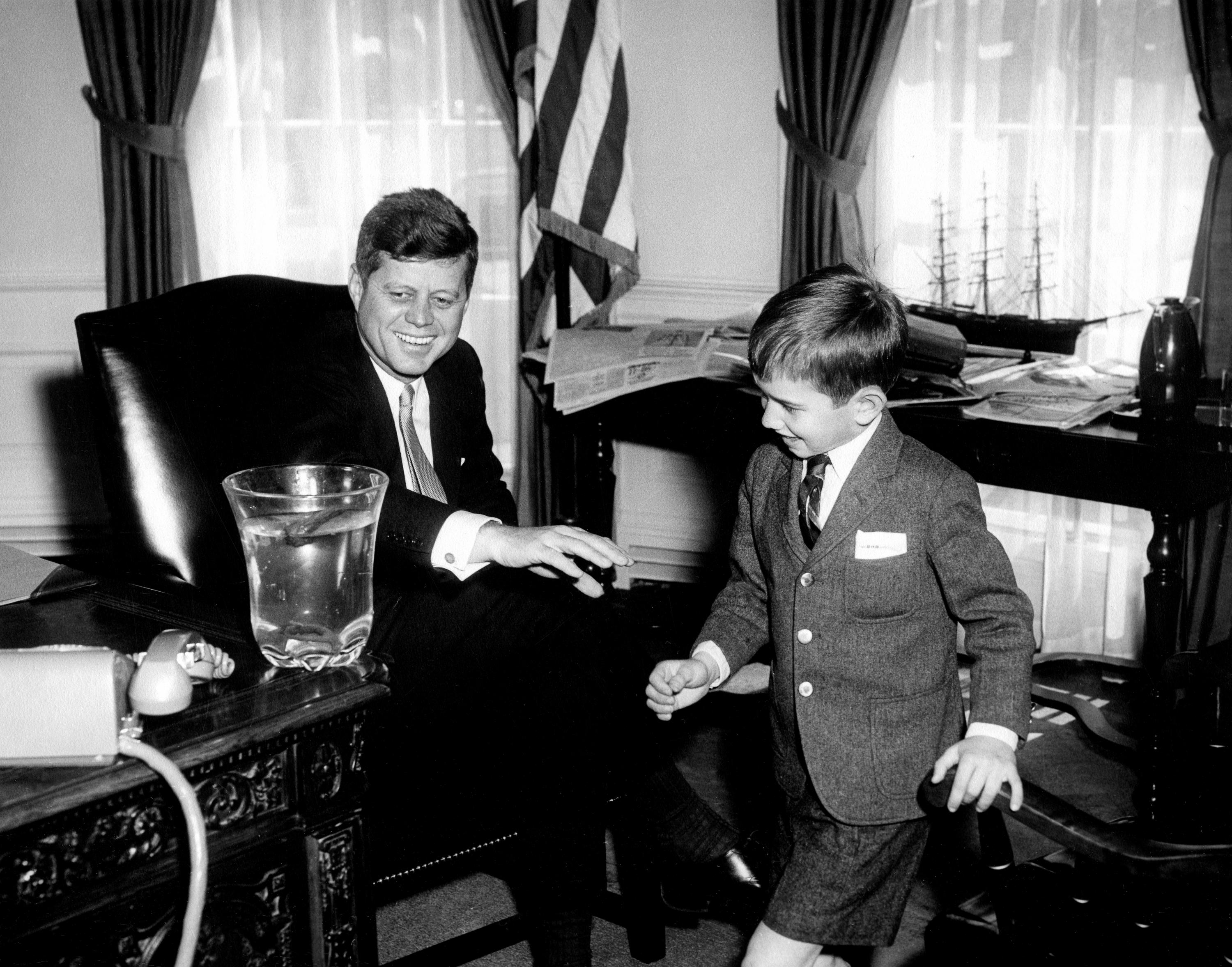
Few historical coincidences capture the imagination quite like the eerie similarities between the lives and deaths of Presidents Abraham Lincoln and John F. Kennedy. Both leaders were elected to Congress exactly 100 years apart—Lincoln in 1846 and Kennedy in 1946. Their presidential elections also occurred a century apart, with Lincoln elected in 1860 and Kennedy in 1960. This pattern of dates sets the stage for a series of uncanny parallels that have puzzled historians and captivated the public. The similarities extend beyond dates. Both presidents were deeply concerned with civil rights and were tragically assassinated on a Friday, while sitting beside their wives. Their successors were both named Johnson: Andrew Johnson, who succeeded Lincoln, was born in 1808, and Lyndon B. Johnson, who succeeded Kennedy, was born in 1908. Even the names of their assassins, John Wilkes Booth and Lee Harvey Oswald, share a peculiar pattern—each has 15 letters. These coincidences invite speculation and debate, challenging our understanding of probability and the forces that shape history. As we ponder these parallels, we are reminded of the mysterious interplay between fate and free will, and the enduring impact of these two iconic leaders.
2. The Sinking of the Titan and the Titanic
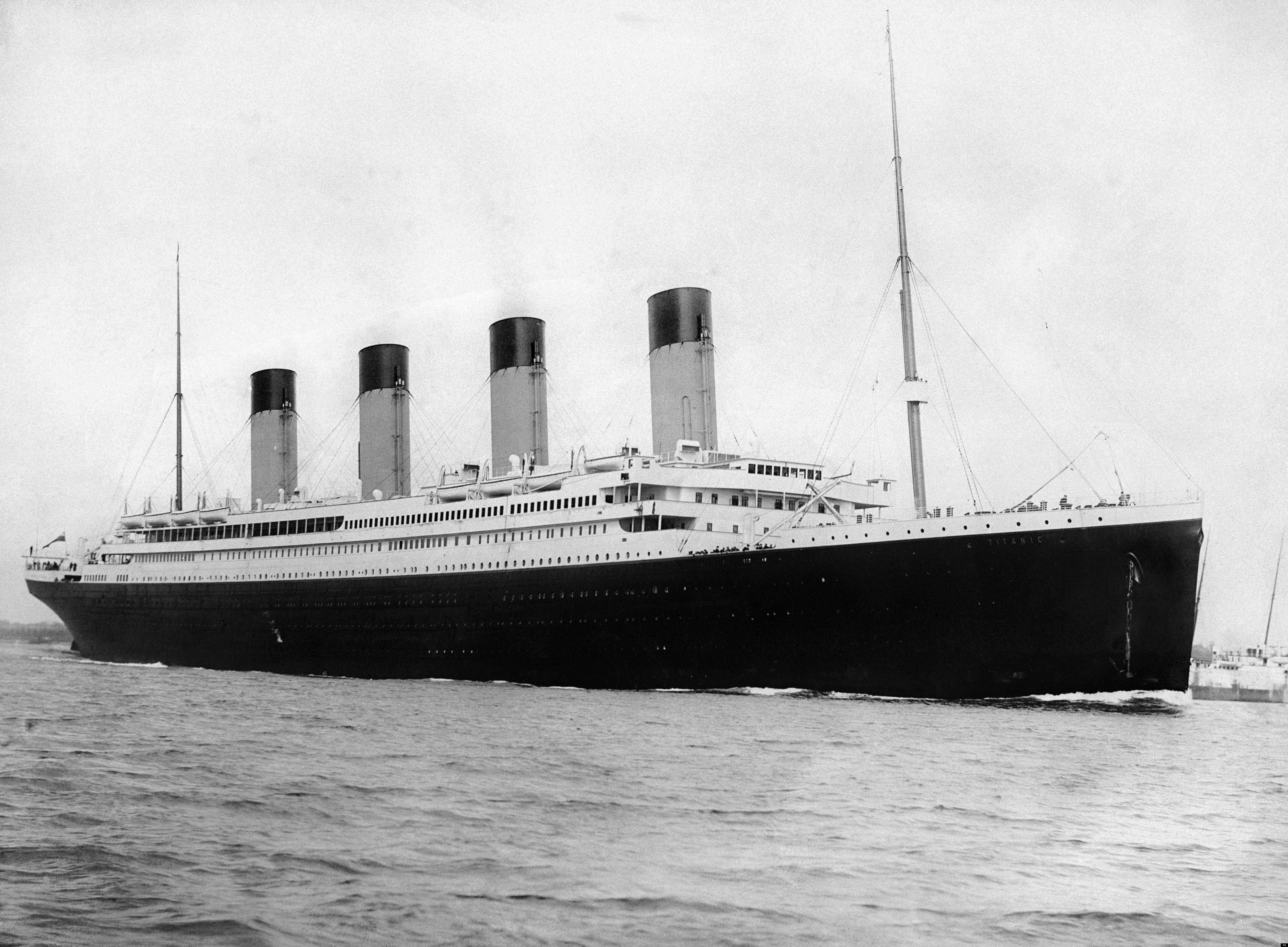
In 1898, author Morgan Robertson published a novella titled, 'Futility, or the Wreck of the Titan'. The story detailed the sinking of an "unsinkable" ocean liner named the Titan, which struck an iceberg in the North Atlantic. Fourteen years later, the RMS Titanic, hailed as the largest and most luxurious ship of its time, met a similar fate on its maiden voyage. The striking similarities between the fictional Titan and the real-life Titanic have led many to wonder if Robertson's work was an eerie premonition or a mere coincidence. Both ships were described as the largest of their kind, carrying a similar number of passengers, and both lacked an adequate number of lifeboats. The Titan, like the Titanic, struck an iceberg on a cold April night, leading to the loss of many lives. These parallels have sparked endless debates about the nature of coincidence and the possibility of foresight. While some attribute the similarities to Robertson's keen understanding of maritime trends, others see it as a chilling example of life imitating art. Regardless of the explanation, the story of the Titan and the Titanic serves as a haunting reminder of the unpredictability of life and the fragility of human endeavors.
3. The Curse of Tamerlane's Tomb

In 1941, Soviet archaeologists opened the tomb of Tamerlane, a 14th-century Turco-Mongol conqueror known for his brutal military campaigns. According to legend, the tomb bore an inscription warning that disturbing Tamerlane's resting place would unleash a catastrophic war. Ignoring the warning, the archaeologists proceeded with the excavation, uncovering Tamerlane's remains. Just days later, Nazi Germany launched Operation Barbarossa, invading the Soviet Union and marking the beginning of one of the deadliest conflicts in human history. The timing of these events has led some to believe in the curse's power, while others view it as a remarkable coincidence. The legend of Tamerlane's curse spotlights the tension between scientific inquiry and cultural beliefs, challenging us to consider the potential consequences of disregarding ancient warnings. As we reflect on this story, we are reminded of the complex interplay between history, superstition, and the forces that shape our world. Whether the curse was real or imagined, its impact on the collective consciousness endures, thereby serving as a cautionary tale about the limits of human understanding and the mysteries that lie beyond our grasp.
4. The Twin Brothers of Finland
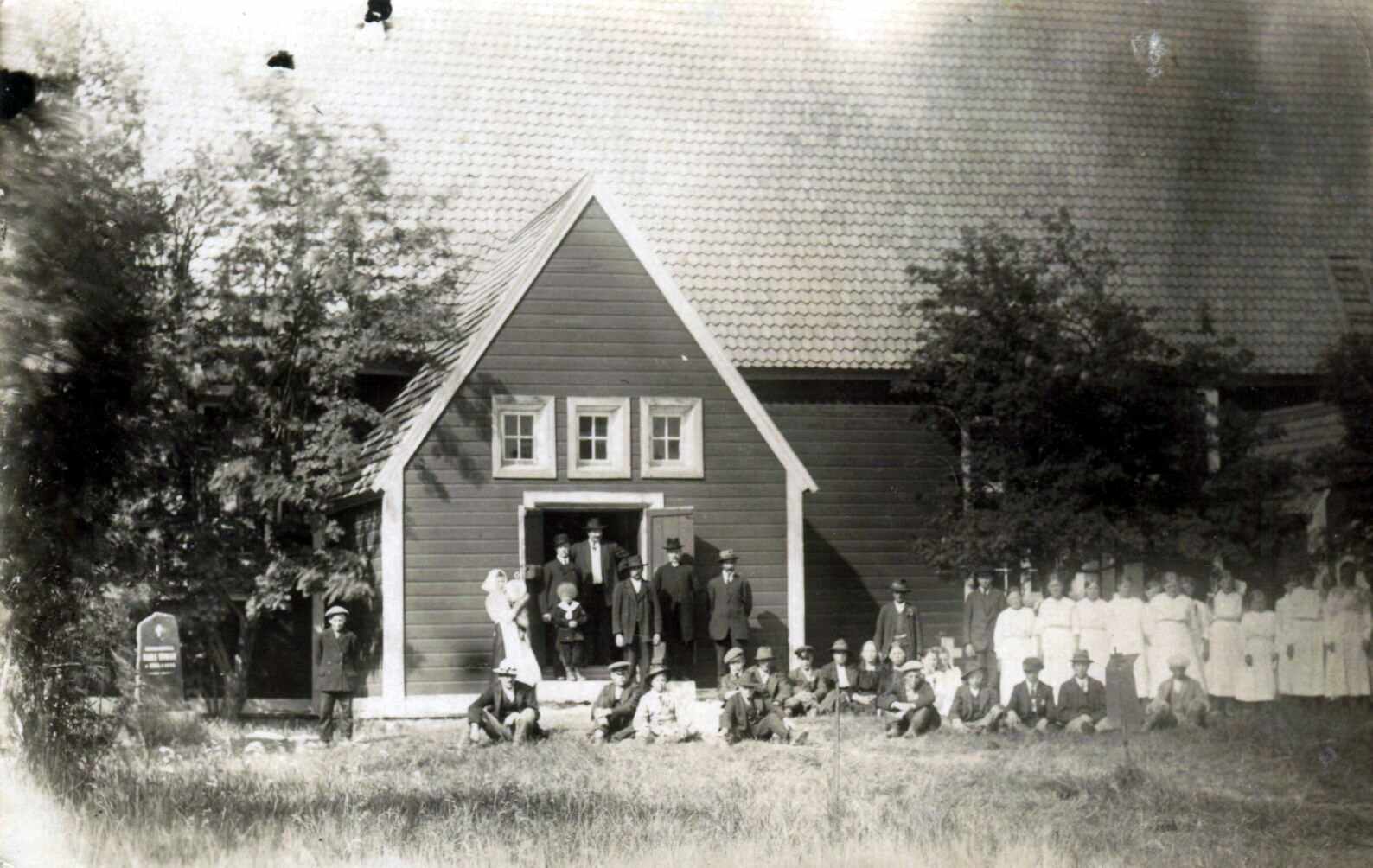
In 2002, a bizarre coincidence unfolded in Finland when two brothers, separated by only a few hours, met identical fates. The first brother was struck and killed by a lorry while riding his bicycle in Raahe. Two hours later, his twin brother, unaware of the tragedy that had befallen his sibling, was also killed in a bicycle accident on the same road, just a mile apart. The odds of such an event occurring are astronomical, leaving even the most skeptical observers questioning the nature of fate and destiny. This extraordinary coincidence challenges our understanding of probability and the interconnectedness of life. It raises questions about the bond between twins and the possibility of a shared destiny. While some attribute the event to chance, others see it as evidence of a deeper, mysterious connection between the brothers. Contemplating this story makes one wonder about the fragile nature of life and the invisible threads that bind us to one another. The tale of the Finnish twins serves as not only a poignant reminder of the mysteries that lie beyond our comprehension but also invite us to explore the boundaries of coincidence and the true nature of human existence.
5. The Birth and Death of Mark Twain

The life of American author Mark Twain is marked by a celestial coincidence that has fascinated scholars and fans alike. Twain was born on November 30, 1835, just two weeks after the closest approach of Halley's Comet. Throughout his life, Twain often remarked on the connection between his birth and the comet, predicting that he would "go out with it" as well. True to his prediction, Twain passed away on April 21, 1910, the day after Halley's Comet made its next closest approach to Earth. This remarkable alignment of events has led many to ponder the connection between celestial phenomena and the lives of individuals. Twain's prediction and its fulfillment invite us to consider the possibility of a cosmic order that governs our lives, challenging our understanding of humanity's free will. As we reflect on Twain's life and legacy, we are reminded of the enduring impact of his work but also of the mysteries that surrounded him that still captivate our imagination.
6. The Mysterious Case of the Green Children of Woolpit
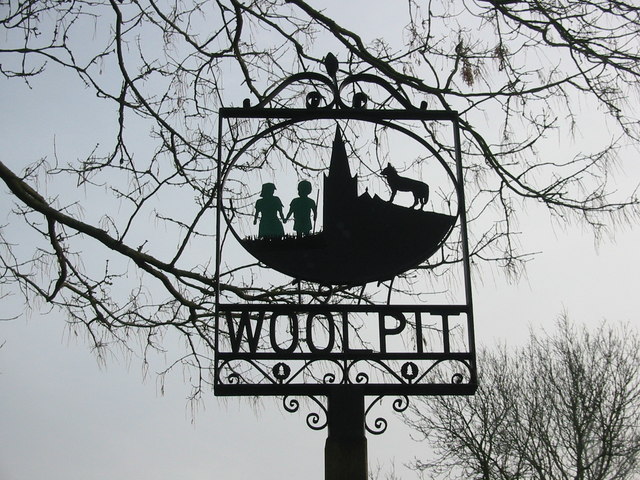
In the 12th century, a strange tale emerged from the village of Woolpit in Suffolk, England. According to local accounts, two children with green skin appeared at the edge of a field, speaking an unknown language and wearing unfamiliar clothing. The children, a brother and sister, were taken in by a local landowner, where they gradually adapted to their new surroundings. Over time, their skin lost its green hue, and they learned to speak English. The girl eventually explained that they came from a land called St. Martin's Land, where everything was green and perpetually shrouded in twilight. The story of the green children has intrigued historians and folklorists for centuries, sparking debates about its origins and meaning. Some view it as a cautionary tale or allegory, while others suggest it may be based on real events with a rational explanation. The mystery of the green children invites us to explore the boundaries of belief and the power of storytelling in shaping our understanding of the world.
7. The Eerie Prophecies of the Simpsons
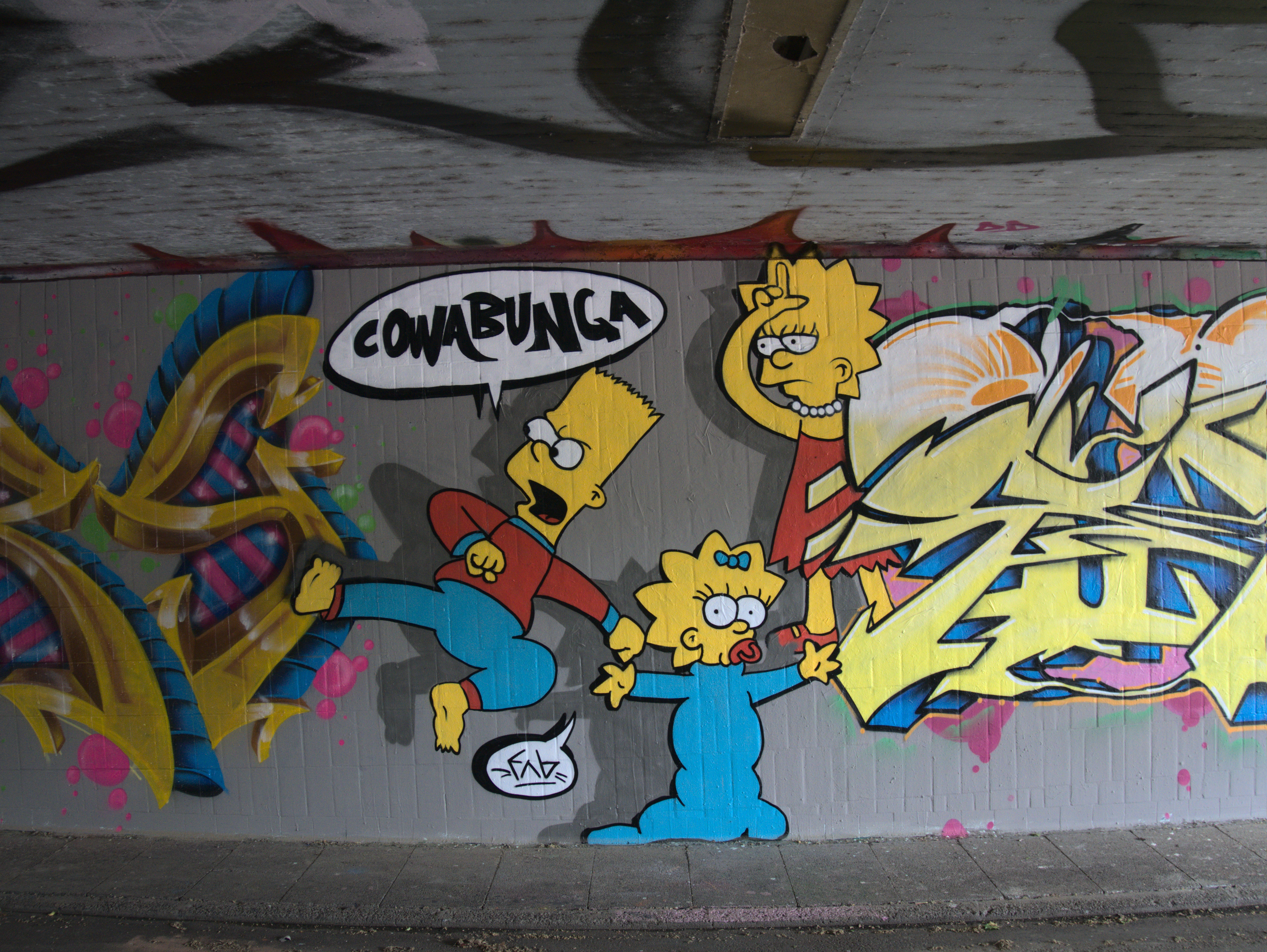
The long-running animated television show, 'The Simpsons', has become famous for its uncanny ability to predict future events. Over the years, fans and critics alike have marveled at the show's seemingly prophetic episodes, which have foreshadowed everything from technological advancements to political outcomes. One of the most notable examples is the 2000 episode, "Bart to the Future," which predicted Donald Trump's presidency—a scenario that became reality in 2016. The phenomenon of 'The Simpsons' predictions raises intriguing questions about the nature of creativity and the potential for foresight in art. While some explanations focus on the show's writers' keen observation of societal trends, others suggest that the series taps into a deeper, collective consciousness that shapes our future. As we explore these seemingly eerie prophecies of 'The Simpsons', we also consider the role of media and storytelling in shaping our perception of reality. The complex interplay between fiction and reality is an invitation for us to question the boundaries of coincidence and the power of collective imagination.
8. The Coincidental Lives of Edgar Allan Poe and Richard Parker
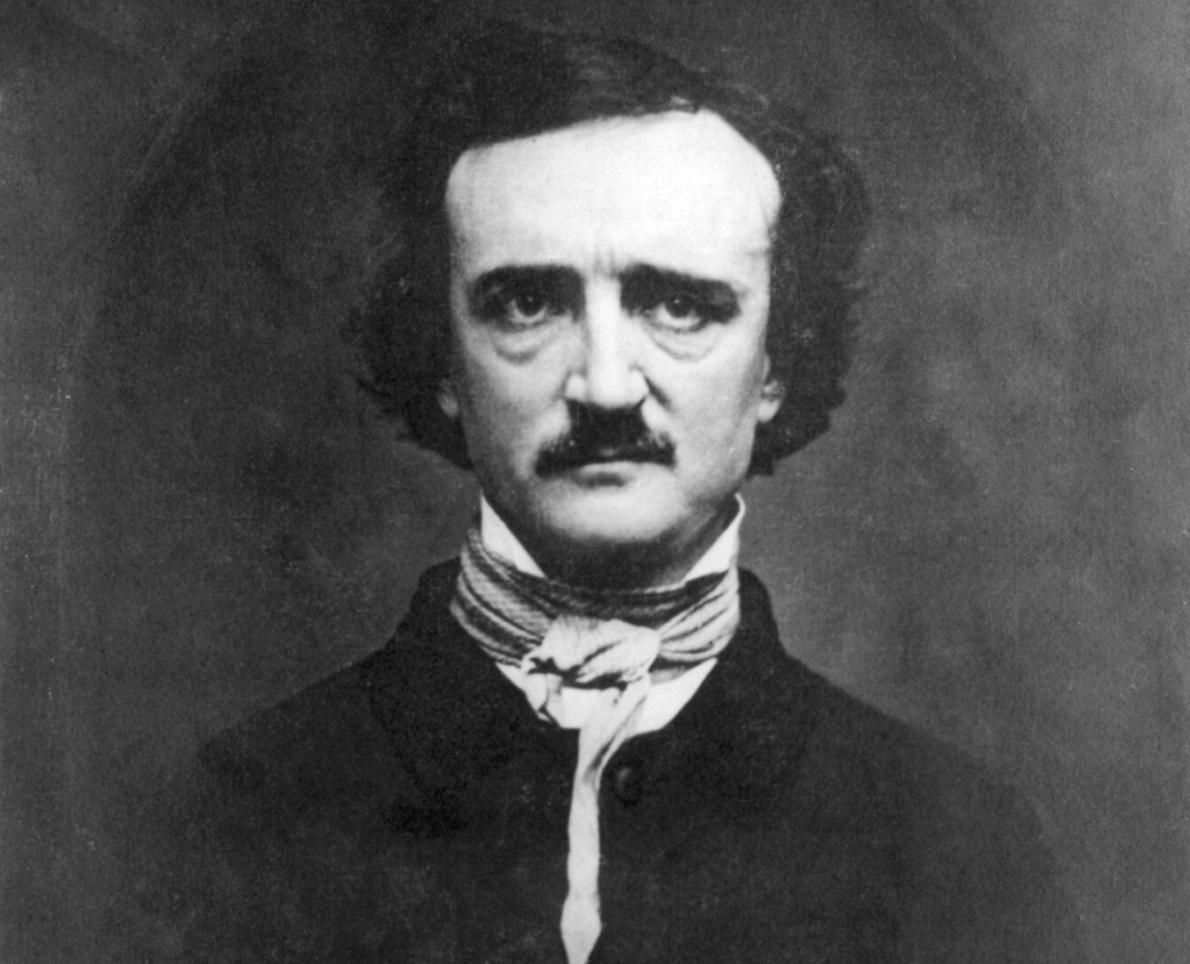
The works of Edgar Allan Poe are renowned for their dark themes and macabre imagery, but one of his lesser-known stories contains a chilling coincidence that has captured the attention of literary scholars. In his 1838 novel, 'The Narrative of Arthur Gordon Pym of Nantucket', Poe tells the tale of a shipwrecked crew who resort to cannibalism to survive. The unfortunate victim chosen by lot to be sacrificed is a young sailor named Richard Parker. Decades later, in 1884, a real-life shipwreck occurred, and the survivors, adrift in a lifeboat, faced a similar grim decision. The young sailor they ultimately sacrificed was named Richard Parker. This unsettling coincidence has led many to speculate about the nature of inspiration and the boundaries between fiction and reality. While some attribute the parallel to chance, others see it as evidence of a mysterious connection between Poe's imagination and future events. The story of Edgar Allan Poe and Richard Parker invites us to explore the depths of the human psyche and the ways in which our subconscious may influence the world around us. As we delve into this eerie coincidence, the power of storytelling and the enigmatic forces that shape our lives make themselves known in a way that feels difficult to dismiss.
9. The Mysterious Death of King Umberto I
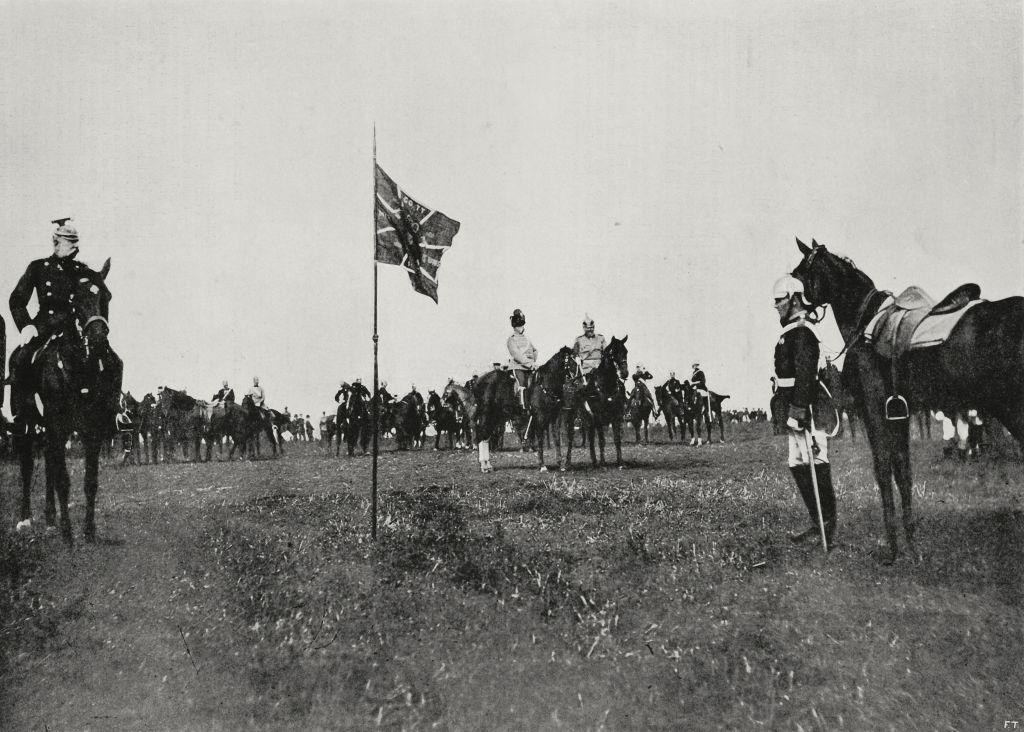
In 1900, King Umberto I of Italy experienced a series of coincidences that culminated in his untimely death. While dining at a restaurant in Monza, the king was surprised to discover that the restaurant's owner bore an uncanny resemblance to him. Upon further conversation, they found that they shared the same name, were born on the same day in the same town, and both married women named 'Margherita'. The following day, the restaurant owner was killed in a mysterious shooting. Later that evening, King Umberto I was assassinated by an anarchist. The remarkable similarities between the king and the restaurant owner have led many to speculate about the nature of fate and the possibility of doppelgängers. This story challenges our understanding of identity and the superior forces that shape our lives, inviting us to consider the role of chance and destiny in the unfolding of life events. As we reflect on the mysterious death of King Umberto I, the fragile nature of life and the intricate web of coincidences that connect us all makes itself known in a way that demands our attention. The tale of the two Umbertos serves as another poignant reminder of the mysteries that lie beyond our comprehension, urging us to explore the boundaries of coincidence and the nature of human existence.
10. The Strange Tale of Violet Jessop

Violet Jessop, a stewardess and nurse, is often referred to as the 'Queen of Sinking Ships' due to her extraordinary survival story. Jessop was aboard the RMS Olympic when it collided with the HMS Hawke in 1911, escaping unharmed. A year later, she survived the infamous sinking of the RMS Titanic, enduring the freezing waters of the North Atlantic. In 1916, Jessop was serving as a nurse on the HMHS Britannic, which struck a mine and sank in the Aegean Sea. Once again, she survived, escaping with minor injuries. The incredible series of events in Jessop's life has led many to ponder the nature of luck and destiny. Her story challenges our understanding of probability and the forces that govern our lives, with the consideration of a genuine possibility of a protective force or guardian angel. As we recount the uncanny tale of Violet Jessop, we see the true resilience of the human spirit and the mysteries that continue to captivate our imagination. Her remarkable survival serves as a testament to the power of hope and the enduring allure of the unknown that pose questions about the boundaries of coincidence and the nature of fate.
The mystery of coincidence thus serves as a powerful reminder of the complexities and unpredictabilities of life. It encourages us to embrace the unknown and appreciate the beauty of life's mysteries, fostering a sense of awe and curiosity about the world around us. As we reflect on these extraordinary events, we are reminded of the delicate threads that connect us across time and space, shaping our past and influencing our present. For readers, the exploration of historical coincidences is an invitation to view history through a lens of wonder and curiosity, challenging us to explore the boundaries of coincidence and the nature of human existence.
